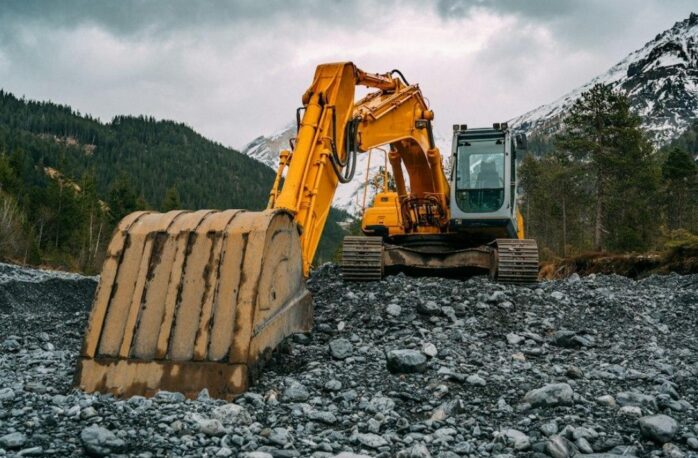
Renovating your home can increase its value depending on the cost of materials and labour involved. Hiring equipment and getting contractors help a lot, but also, if you’re looking to do renovations yourself you may want to consider looking for a Kubota mini excavator for sale around Australia.
These construction machines are versatile, and you can use them for all future projects when it comes to maintaining your home. In this post, we’ve provided six ways you can use your mini excavator to renovate your home so you can save time and money.
1. Break Down Structures
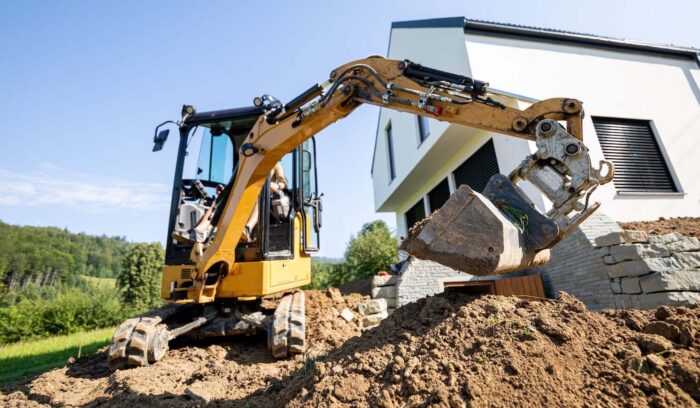
Breaking down structures with a sledgehammer may seem like the best idea but it can take its toll on your body. What’s more, using manual tools to renovate areas of your home will take more time and effort. Mini excavators are ideal for breaking down large structures fast such as:
- Drywalls
- Small barns or sheds
- Roofs
- Hard concrete and rock
- Trees and bushes
You may need to use various types of attachments depending on the structure you’re breaking down. For example, a digger attachment breaks down hard soil or rock while rippers remove bushes and brush.
2. Remove Soil from Your Garden
Are you thinking of reconstructing your garden’s landscape? Perhaps you want to move your flowerbeds or install a pond in the backyard. An excavator with a digger attachment removes large amounts of soil and allows you to transport it to a different area of your garden.
What’s more, an excavator can also remove large tree stumps so you can use the space for other elements such as a vegetable garden. Create a range of styles by adding stepping stones or decks to the cleared area or remove them entirely so you can pave it with cement or bricks.
3. Add Sand and Cement to Your Working Area
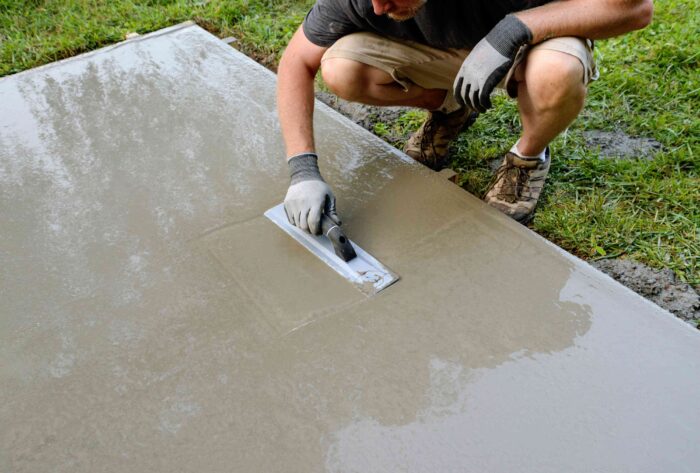
Packing large batches of cement or sand into small wheelbarrows can be tiresome. But an excavator can make short work of your efforts, especially if you have a large garden. You can move cement, sand, and other paving materials to the area you’re renovating.
Use the excavator’s bucket attachment for these tasks. You’ll then have easy access these materials, so you don’t have to walk back and forth when building or laying down cement.
3. Remove Debris to Make It Easy to Build
After demolishing structures you’ll need to remove large chunks of debris like wood, rocks, solid cement, and tiles. If you leave the debris to pile up, it can be difficult for you to continue with your renovations. You must remove all obstacles around the area such as glass, metal piping, or broken wood for safety purposes.
Using a mini excavator can help you pick up heavy debris. Pile the debris on one side of the house until you can safely dispose of the material. You must adhere to the construction and waste disposal laws in Australia to avoid being fined.
4. Handle Building Materials
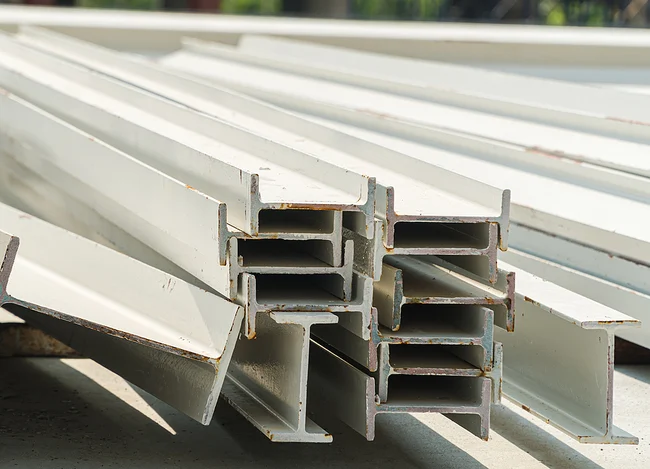
Building materials such as large beams, steel sheets, and pipes will be heavy, so you won’t be able to move them by hand. You can use a mini excavator with a clamp attachment to move heavier building materials.
This attachment picks up materials that can’t fit into a bucket so you can transport them from one side of your house to the other. You may need an excavator that has an elevated cab so you can see what you’re moving. Additionally, the machine may need counterweights to improve balance when moving heavier materials.
5. Underground Digging
Many homeowners choose to build underground buildings like bunkers or storage units so that they don’t take up floor space in their gardens. To build underground structures you’ll need a mini excavator that can fit into tight spaces.
With a mini excavator, you can dig or expand holes easily during construction. These types of machines are also ideal for renovating existing underground structures or removing old piping.
6. How to Choose the Right Excavator for Home Renovations
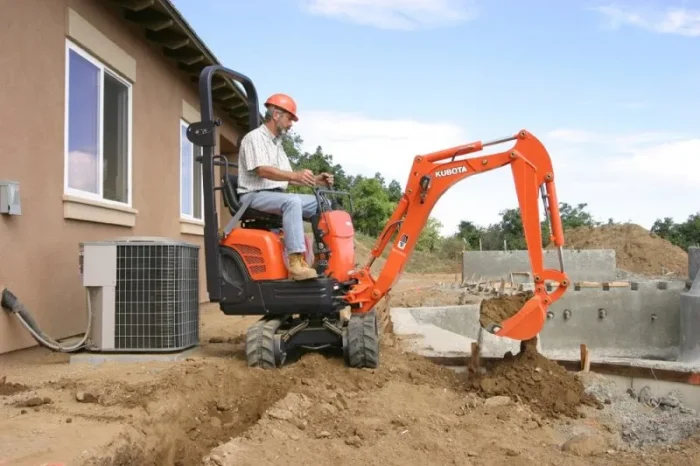
Excavators come in all shapes and sizes, and they have different attachments designed for various tasks. Here’s what to consider when choosing an excavator for home renovations:
- Size: Mini excavators are ideal for home renovations because they’re compact and easier to operate. Make sure it can handle the weight of your building materials.
- Attachments: Choose an excavator that allows you to change attachments. You may need a clamp to grab materials or a ripper for digging.
- Arm options: Excavators come with different arm lengths. If you need to reach higher platforms, you’ll want a machine with a longer arm.
- Performance: Smaller excavators can bring precision to confined spaces. Larger excavators are ideal for larger construction jobs that require digging through hard materials.
- Comfort: You’ll spend the majority of your time inside the cab when renovating. Make sure the seating is comfortable and you can see clearly through the windscreen.
Final Thoughts
For faster turnaround times on home renovations, you’ll need the right equipment. A mini excavator may be small and compact but they offer powerful performance so you can easily break down or move materials when renovating your home.
In conclusion, integrating a mini excavator into your home renovation projects can significantly streamline the process while enhancing efficiency and safety. These versatile machines offer numerous benefits, from demolishing structures and removing debris to handling heavy building materials and facilitating underground digging.
By investing in a mini excavator, homeowners can tackle various tasks with ease, such as landscaping, construction, and demolition. The ability to use different attachments further enhances the machine’s versatility, making it adaptable to a wide range of renovation needs.
When selecting a mini excavator, consider factors like size, attachments, arm options, performance, and comfort to ensure it meets the requirements of your specific project. With the right equipment at your disposal, you can expedite the renovation process and achieve exceptional results while minimizing manual labor and maximizing efficiency.










